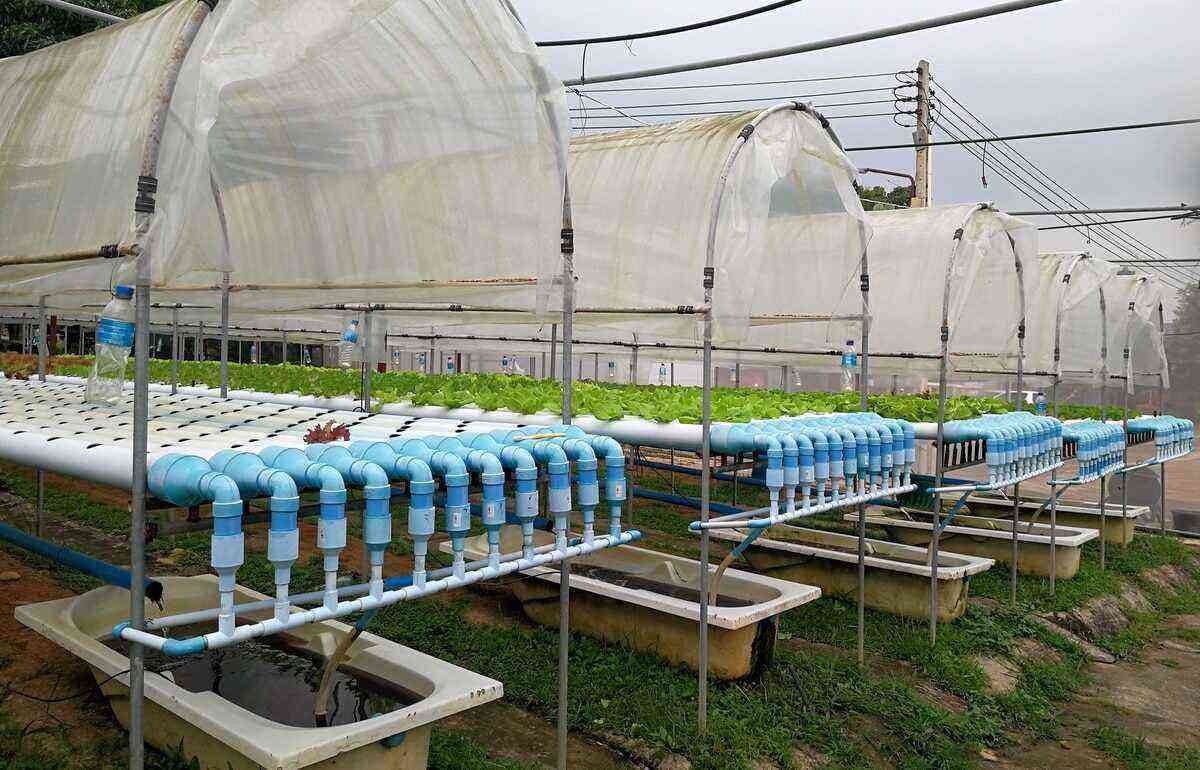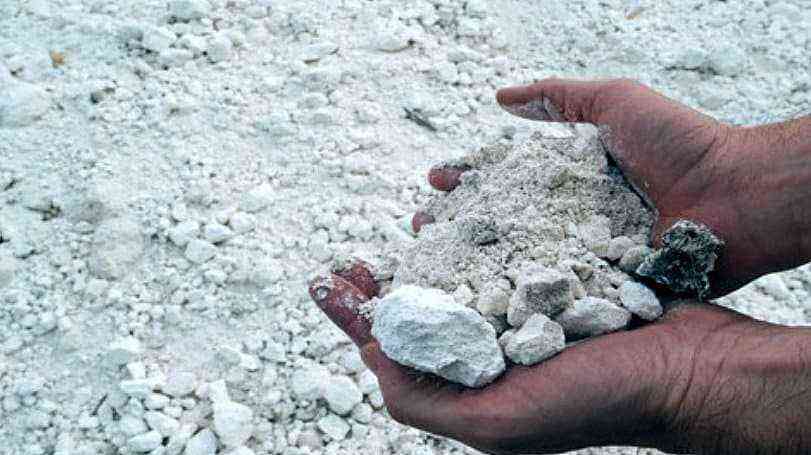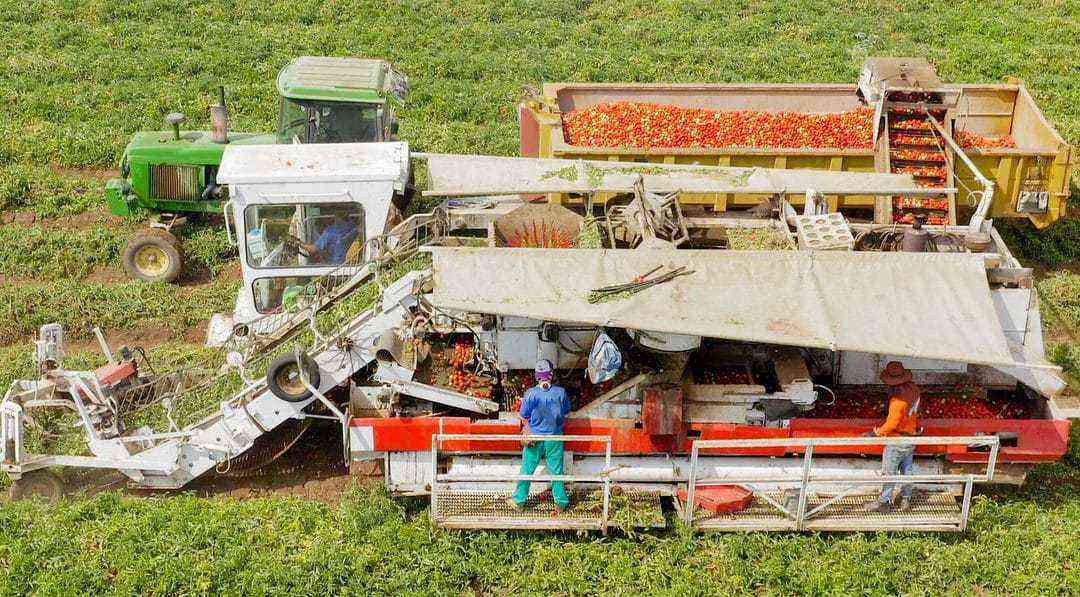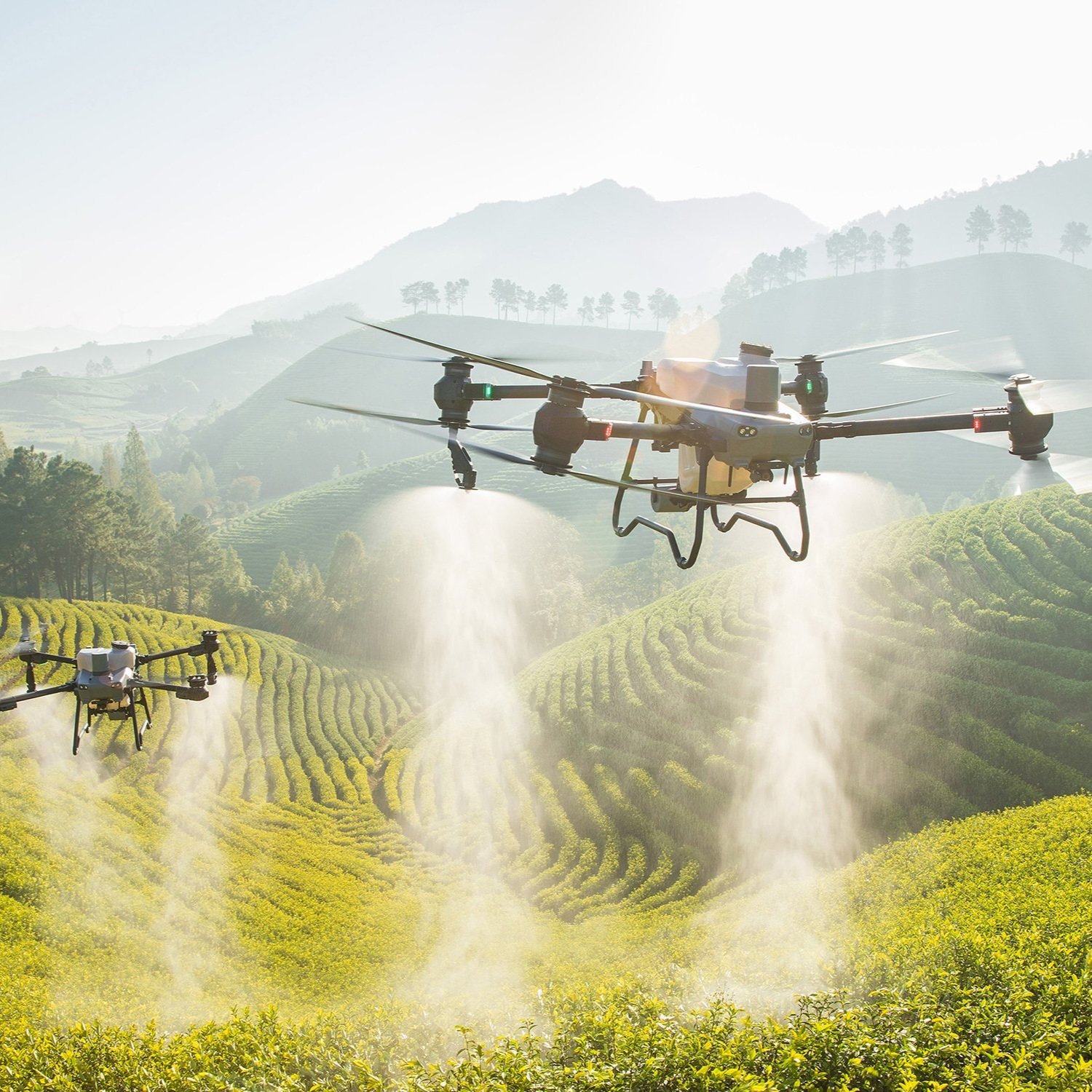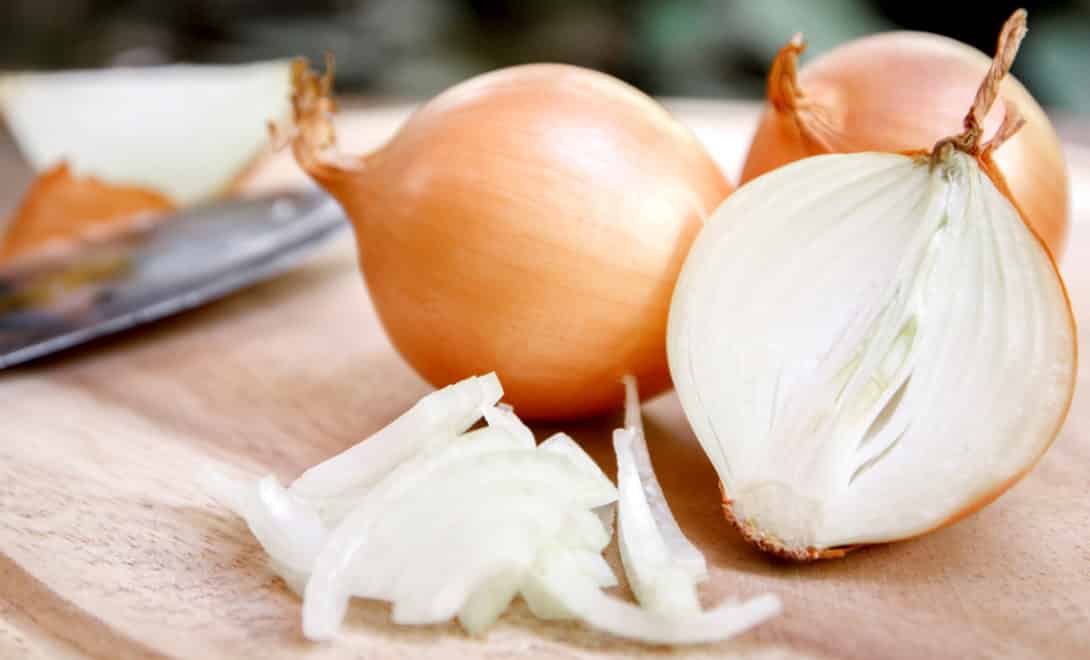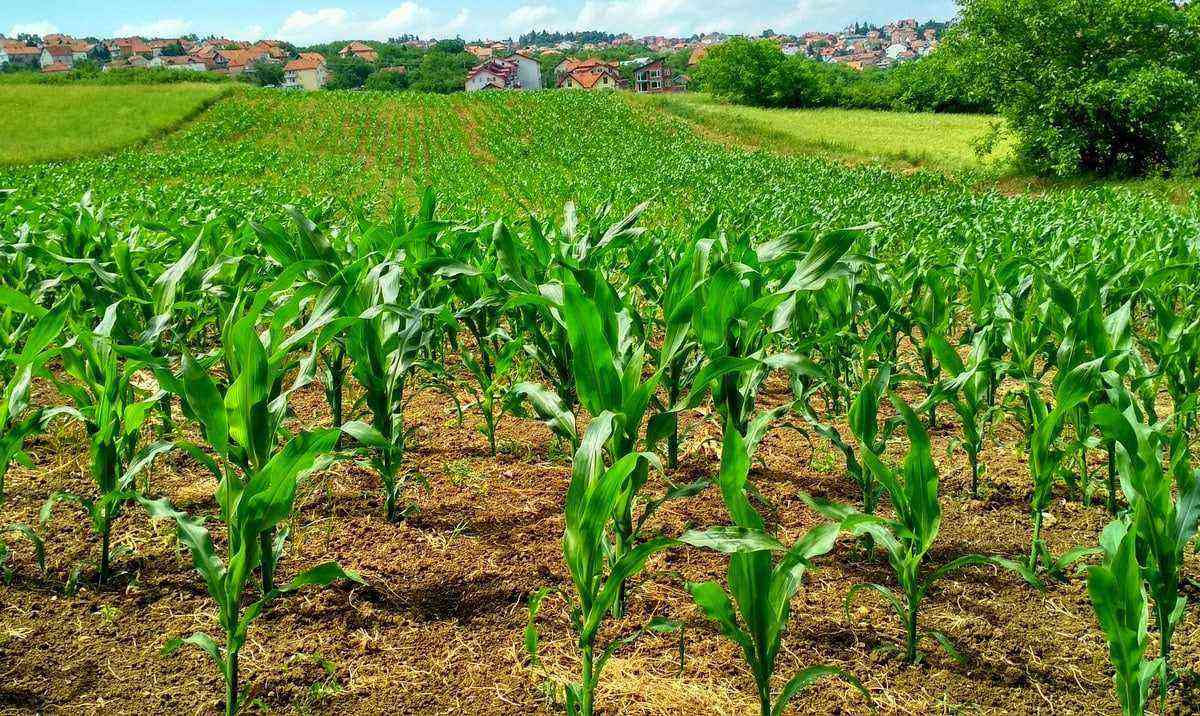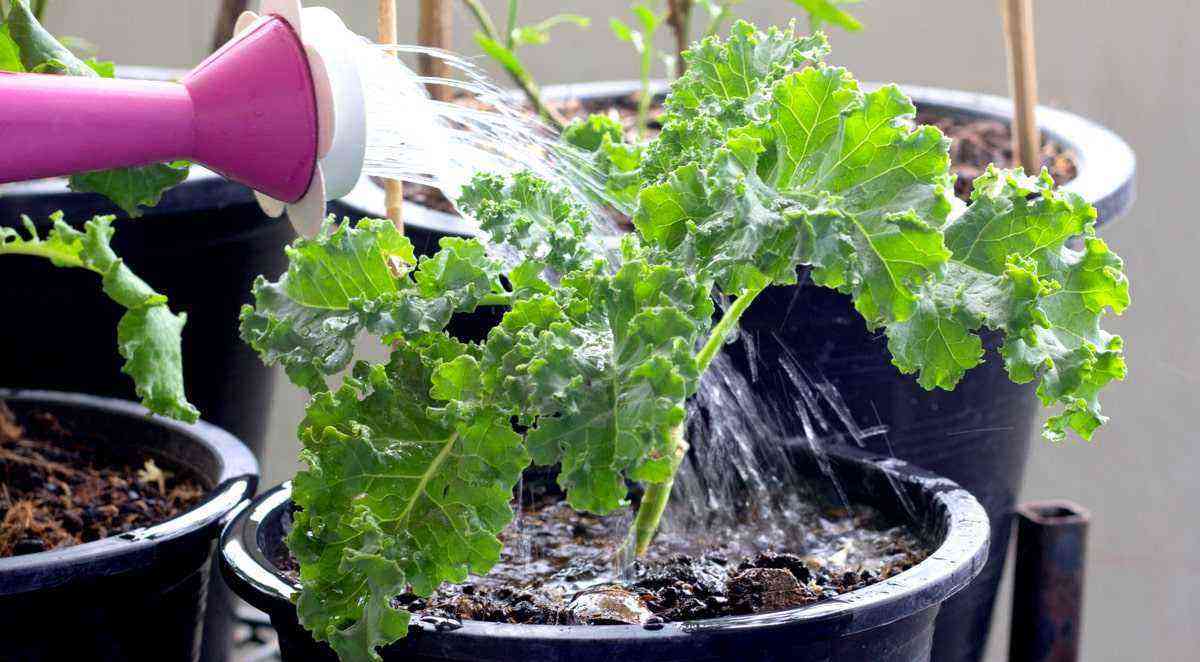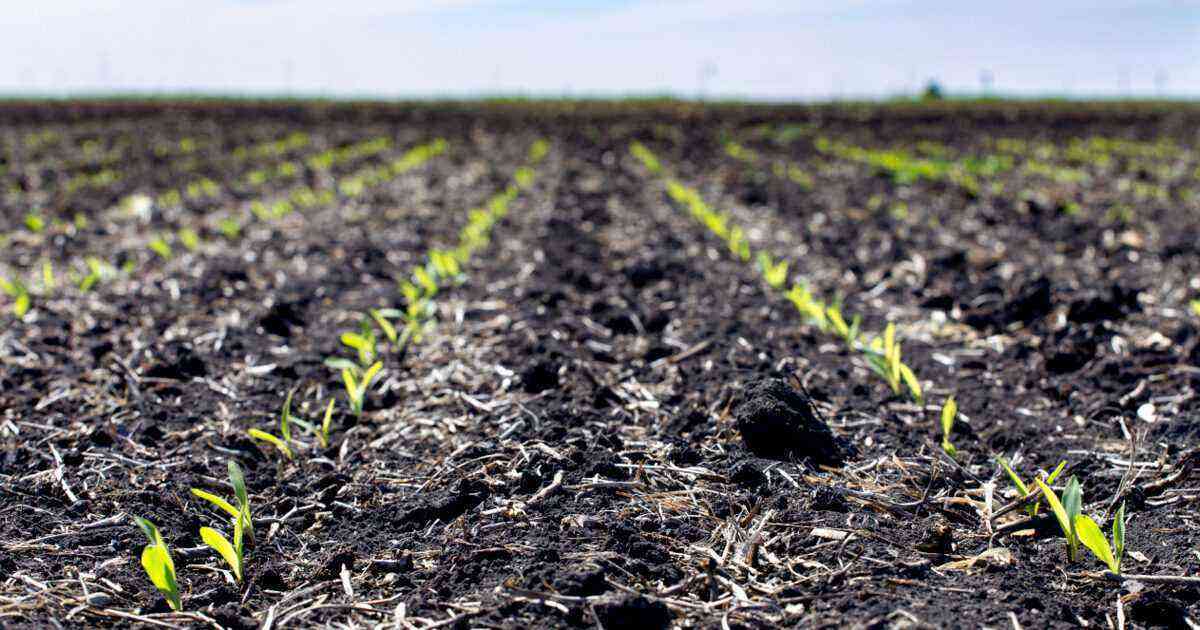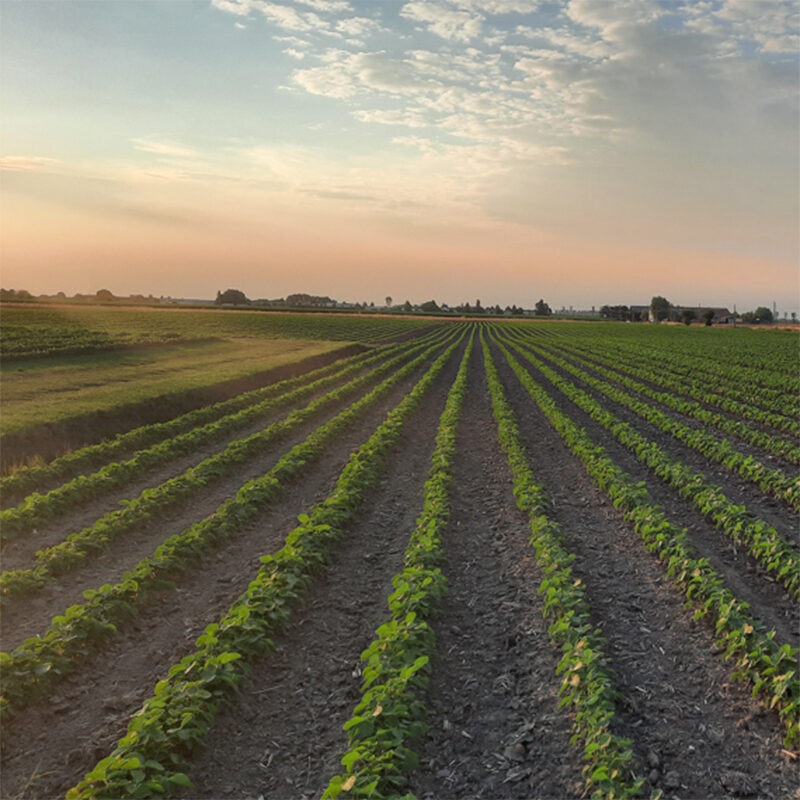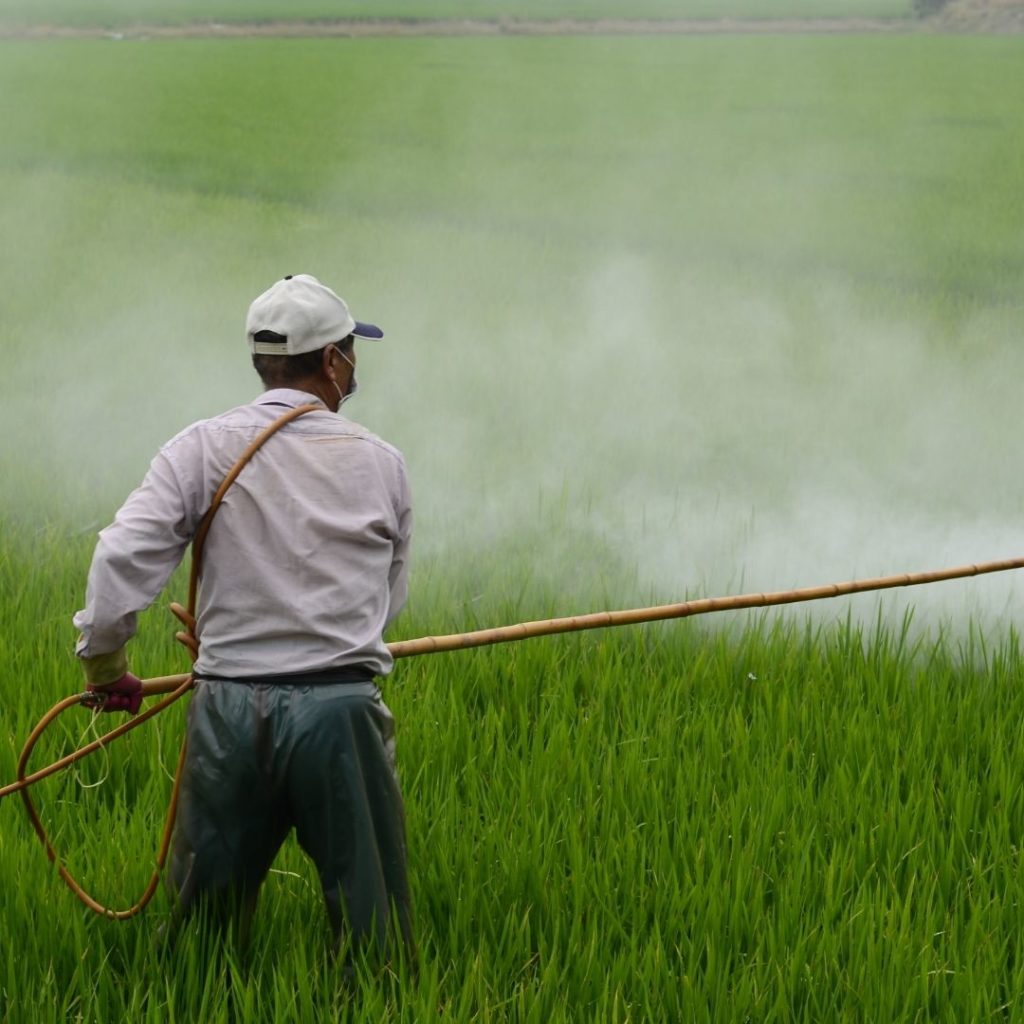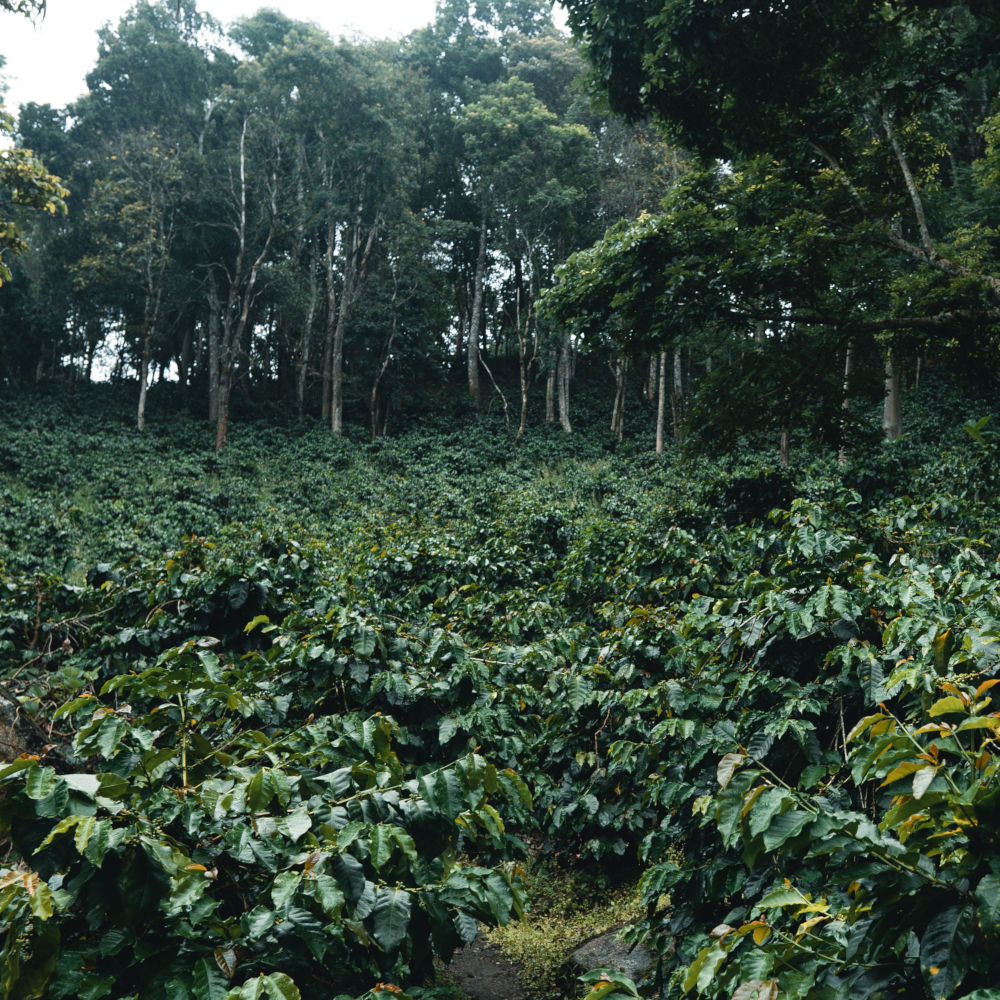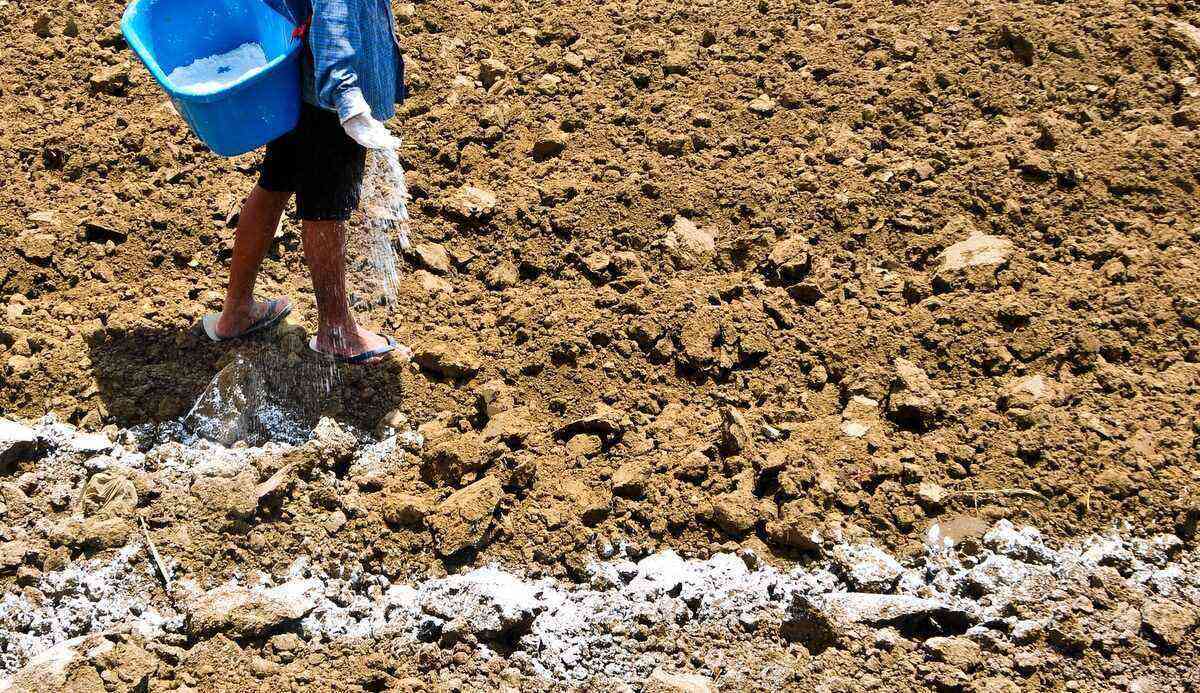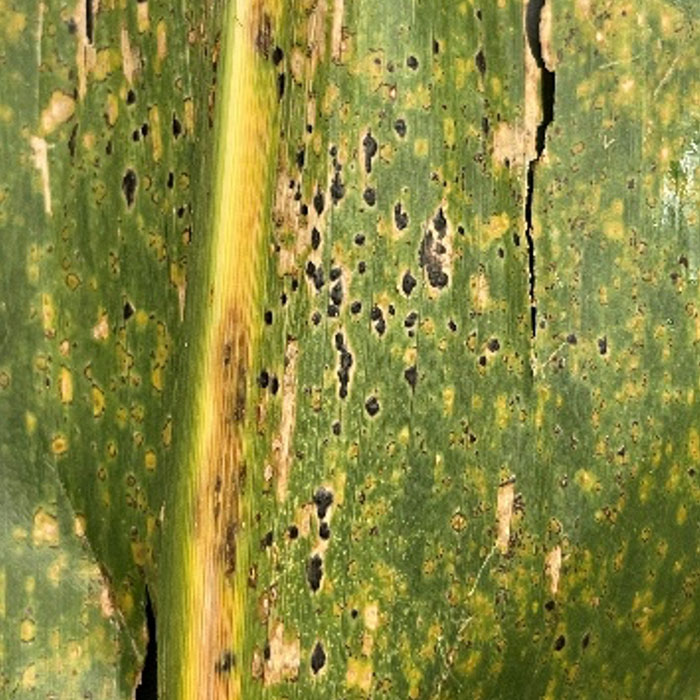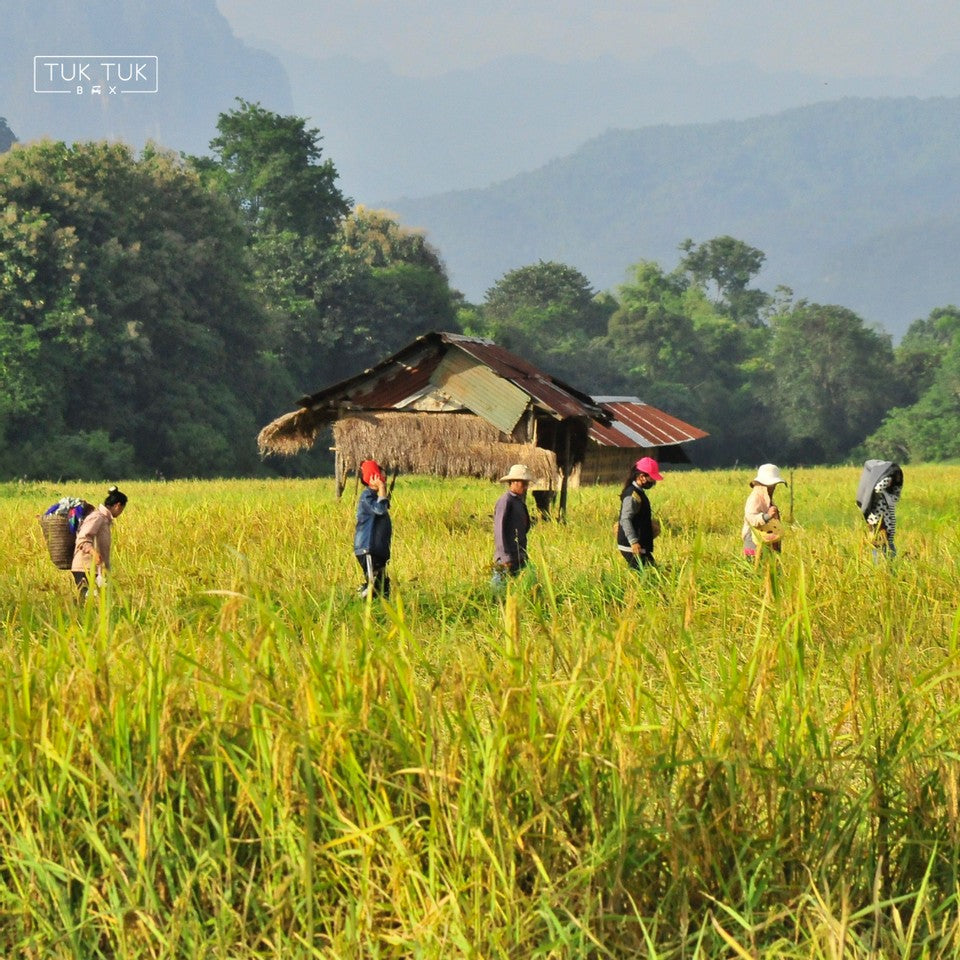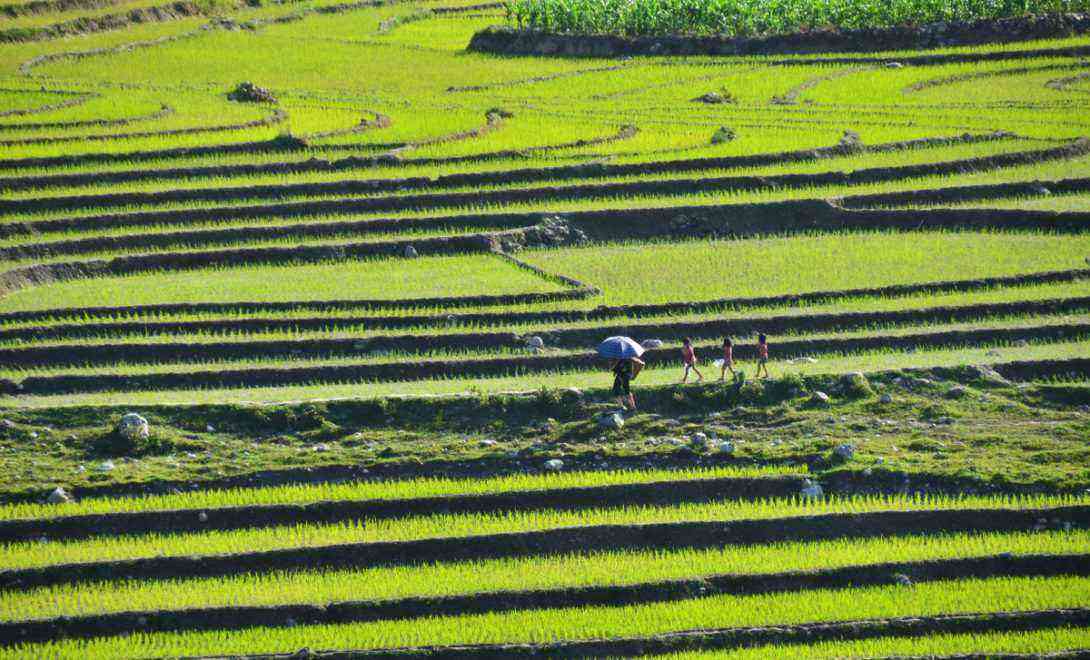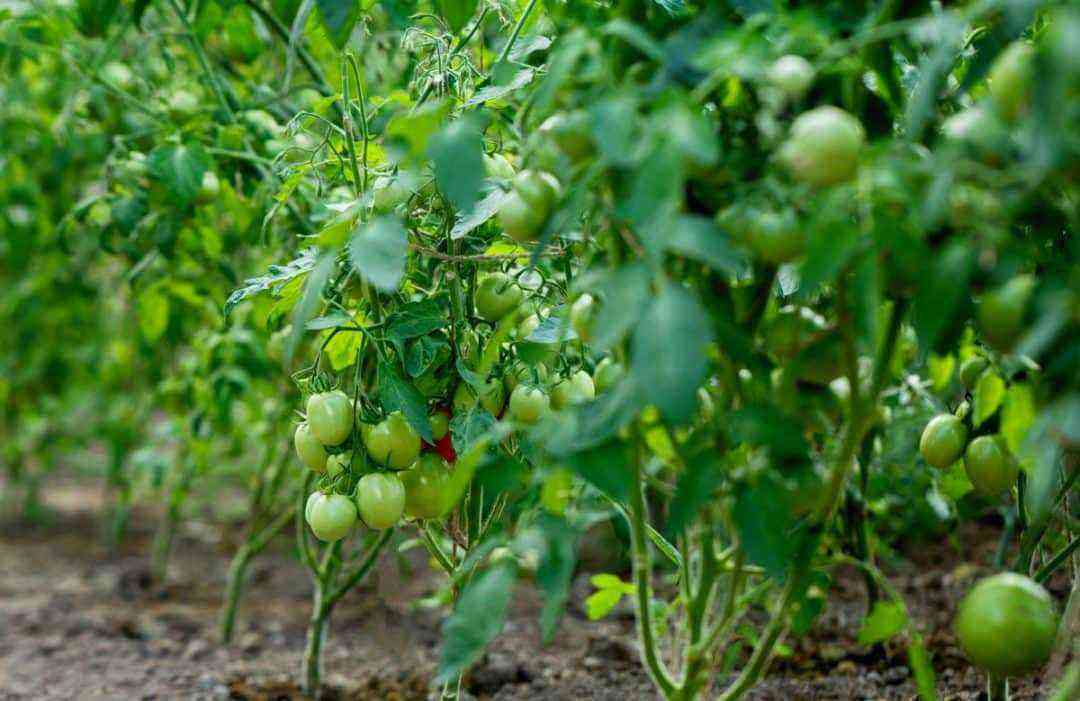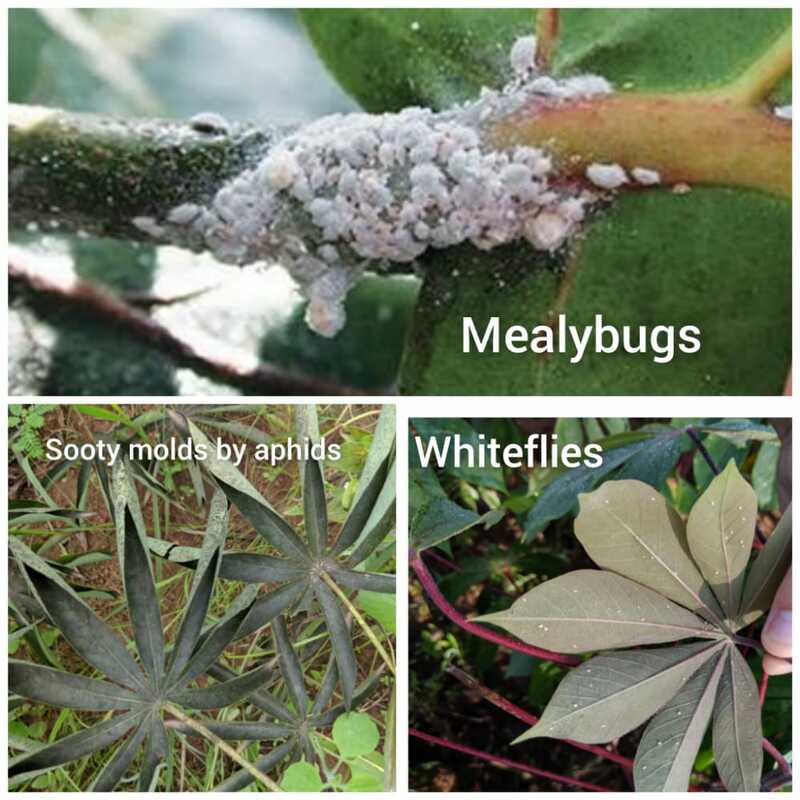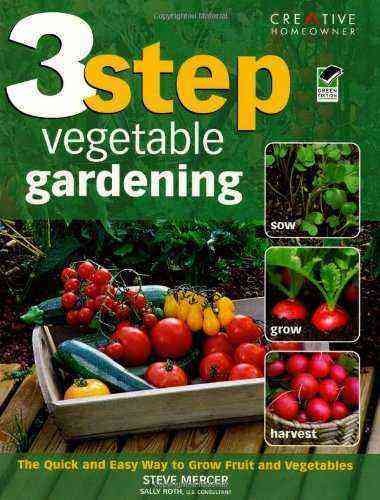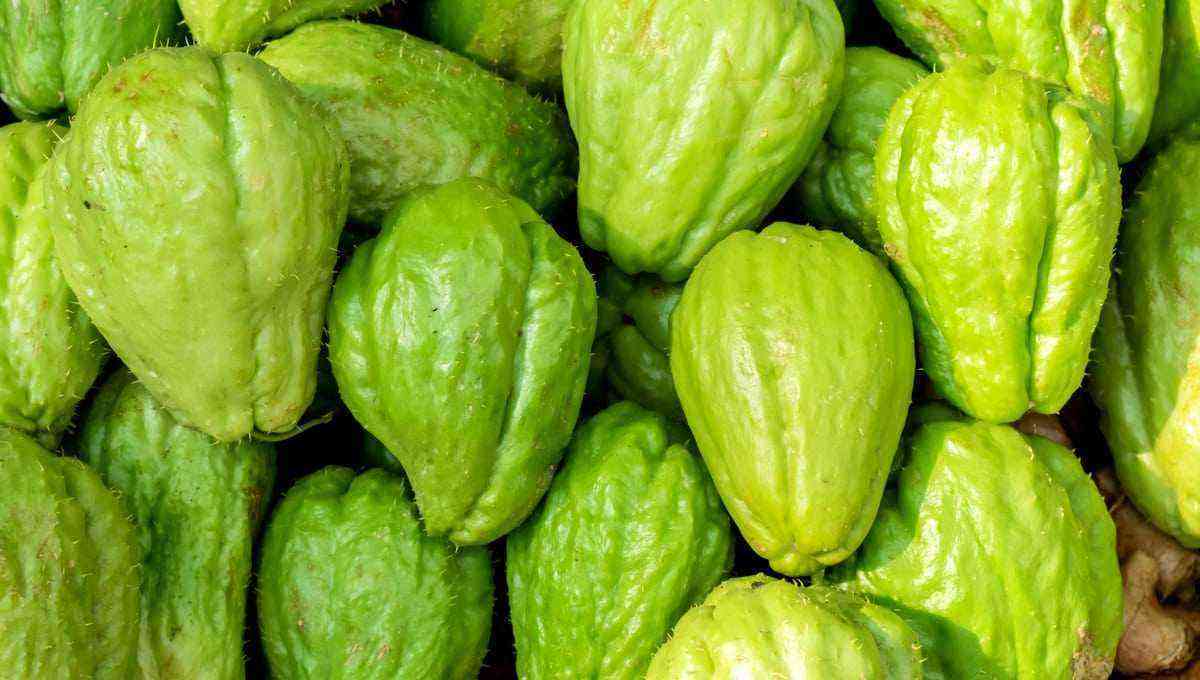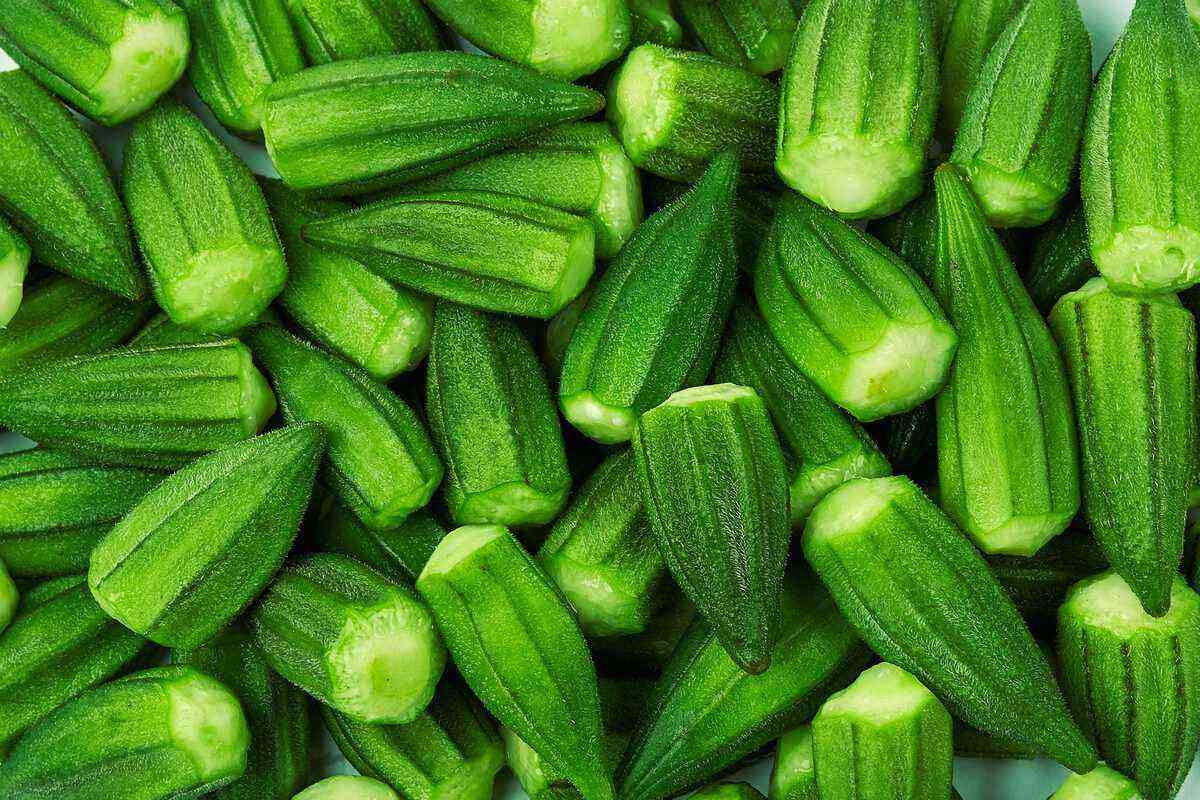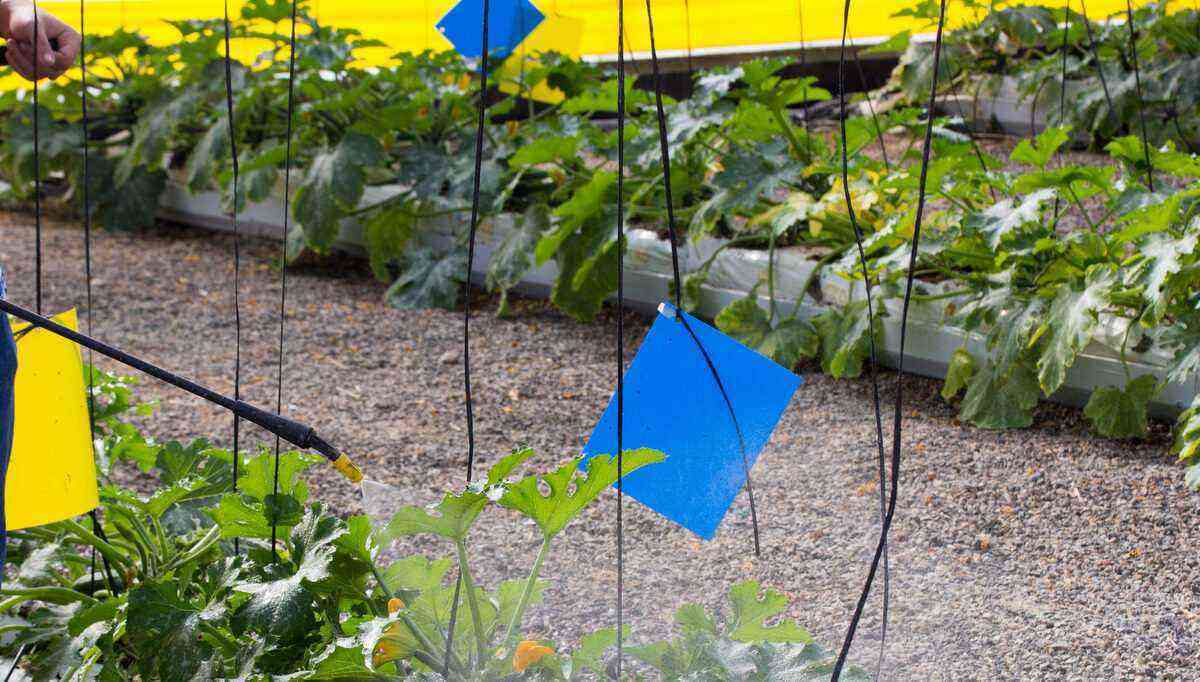An essential fruit on the Brazilian table, the tomato is found in several dishes, from sauces to salads. With its constant consumption, investing in the planting of tomato can be an excellent option, because in addition to being a requested plant in the market, its cultivation is climatically viable.
Find out more about this fruit and how to plant tomatoes correctly.
To start your plantation, you can buy, trade and sell seeds and seedlings of tomatoes, as well as other fruits and vegetables, in the MarketPlace of the rural world, visit the MF Rural website.
tomato fruit
Much is discussed about the nomenclature of the tomato as a fruit, since this denomination is popularly applied to sweet and raw edible fruits, such as apples and grapes.
Tomatoes, as well as other fruits, are usually called “vegetables”, as they are commonly used in savory recipes.
However, fruit is nothing more than the matured ovary of a plant, the organ that has the function of protecting and disseminating its seeds.
For those who are going to plant tomatoes, the definition is just a curious question that does not interfere with cultivation or commercialization.

We usually call the ripe tomato fruit a vegetable
Suitable climate for planting
According to Embrapa, the tomato plant originates from the west coast of South America, where temperatures are moderate, averaging between 15°C and 19°C, and rainfall is not very intense. However, it flowers and fruits in very variable climatic conditions.
As for the temperature for planting tomatoes, from the scheme developed by Geisenberg and Stewart in 1986, we can see the ideal averages for each planting stage:
– Germination:
Minimum of 11°C;
34°C maximum;
Perfect from 16°C to 29°C.
– Vegetative growth:
Minimum of 18°C;
32°C maximum;
Perfect from 21°C to 24°C.
– Fruit set during the night:
Minimum of 10°C;
20°C maximum;
Perfect from 14°C to 17°C.
– Glue two fruits during or day:
Minimum of 18°C;
30°C maximum;
Perfect from 19°C to 24°C.
– Development of the red color:
Minimum of 10°C;
30°C maximum;
Perfect from 20°C to 24°C.
– Development of the yellow color:
Minimum of 10°C;
40°C maximum;
Perfect from 21°C to 32°C.
To plant tomatoes, it is important to remember that special care is needed with the water in the tomato plant, as excessive rainfall or irrigation causes diseases and impairs the quality of the fruit.

Attention to water during planting is important to avoid diseases caused by excess
As for the relative humidity of the air, the regions where the indexes are usually high tend to have the formation of dew that, if adhered to the plant for a long time, can cause the formation of fungi.
Therefore, it is advisable to avoid planting places where there is little air circulation.
Also, tomato plants do not respond significantly to photoperiod, developing well both on short and long days. Thus, it is suitable for practically all regions of Brazil.
planting time
As we live in a country with a large territorial extension, we also live with the most diverse types of climates. Therefore, it is necessary to accommodate the planting season in each region of the country, according to favorable periods for tomato production.

You should evaluate in your region the best time to plant tomatoes
Generally, these periods are established to avoid excessive rainfall at certain times of the year or, in the case of non-irrigated crops, the times when rain can be used as natural irrigation.
Taking for example the largest producing regions in Brazil, we find the following scheme: in the West of the State of São Paulo, it is recommended to plant from February to mid-June. Meanwhile, in the Northeast region, the planting season is from March to mid-June. In the Center-West Region, planting can begin in the second half of February, and may extend until mid-June.
Fertilization, soil and planting methods
Considered one of the most demanding species in terms of fertilization, the tomato plant has a relatively low nutrient extraction capacity. Therefore, much of the unabsorbed fertilizer can end up favoring the proliferation of weeds.
Thus, the efficient use of fertilizers requires a study of soil history and deficiencies.
However, when it is not a matter of planting on a commercial scale, green manure or organic manure is recommended at dosages of 2 to 10 t/ha, depending on the purity, of chicken manure, or from 6 to 20 t/ha of cattle manure.
Generally, the production of seedlings takes place through styrofoam trays filled with commercial substrate. Transplanting occurs as soon as the plants reach seven to ten centimeters in height and have four or five leaves.
Generally, the tomato harvest takes place between 90 to 110 days after transplanting.
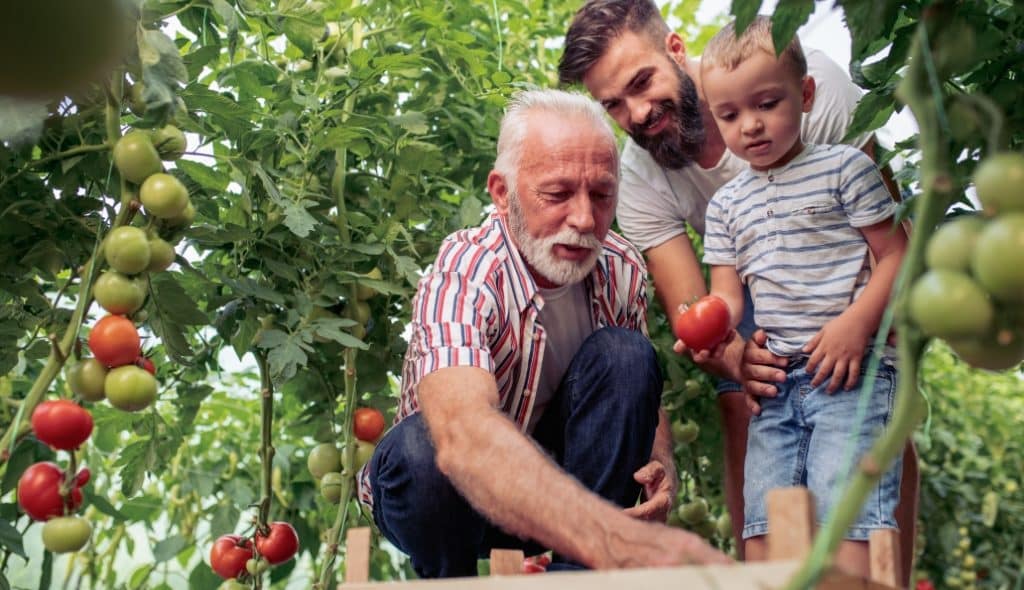
Correct fertilization guarantees a good harvest of tomatoes.
It is important to remember that, in addition to avoiding direct contact between the plant roots and the fertilizer, the tomato plants must keep a certain distance from each other, the recommendation is 50 to 60 centimeters and, between the furrows, from one to 1,20 meters , because its ramification, if in abundant contact, can promote the proliferation of diseases and excessive humidity.
It is also important to emphasize that the tomato plant needs to be tutored, that is, supported, to ensure its development.
This is usually done using bamboo or wooden sticks measuring two meters in height, which become supports to which the plant is tied without squeezing its stems too much.
tomato varieties
There are several varieties of tomato to plant, with different colors, sizes and shapes. Each of these types of fruit has particularities that suit certain dishes when cooking.
A producer must be aware of his needs and those of the market, being able to choose between:
– Long life, currently the most popular and used in salads;
– Santa Clara, round-flat tomatoes that have red skin and firm fruits;
– Tomato gaucho, which has a thick and slightly acidic pulp, in addition to being very large;
– Cherry tomatoes, small and sweet.
For fresh consumption, it is recommended to plant Santa Cruz tomatoes, with a round shape, and the Italian type, which is more elongated and has a sweeter taste. Both are great for making sauces.
Watch in the video these super tips from the Cantinho de casa channel on how to leverage your pet bottle tomato production.
Here’s another tip from the channel on how to plant cherry tomatoes by placing an egg in the substrate:
Did you like our text on how to plant tomatoes? We hope we have answered all your questions and we leave another interesting text below.
Also read: 5 tips on how to reduce costs in tomato production.
